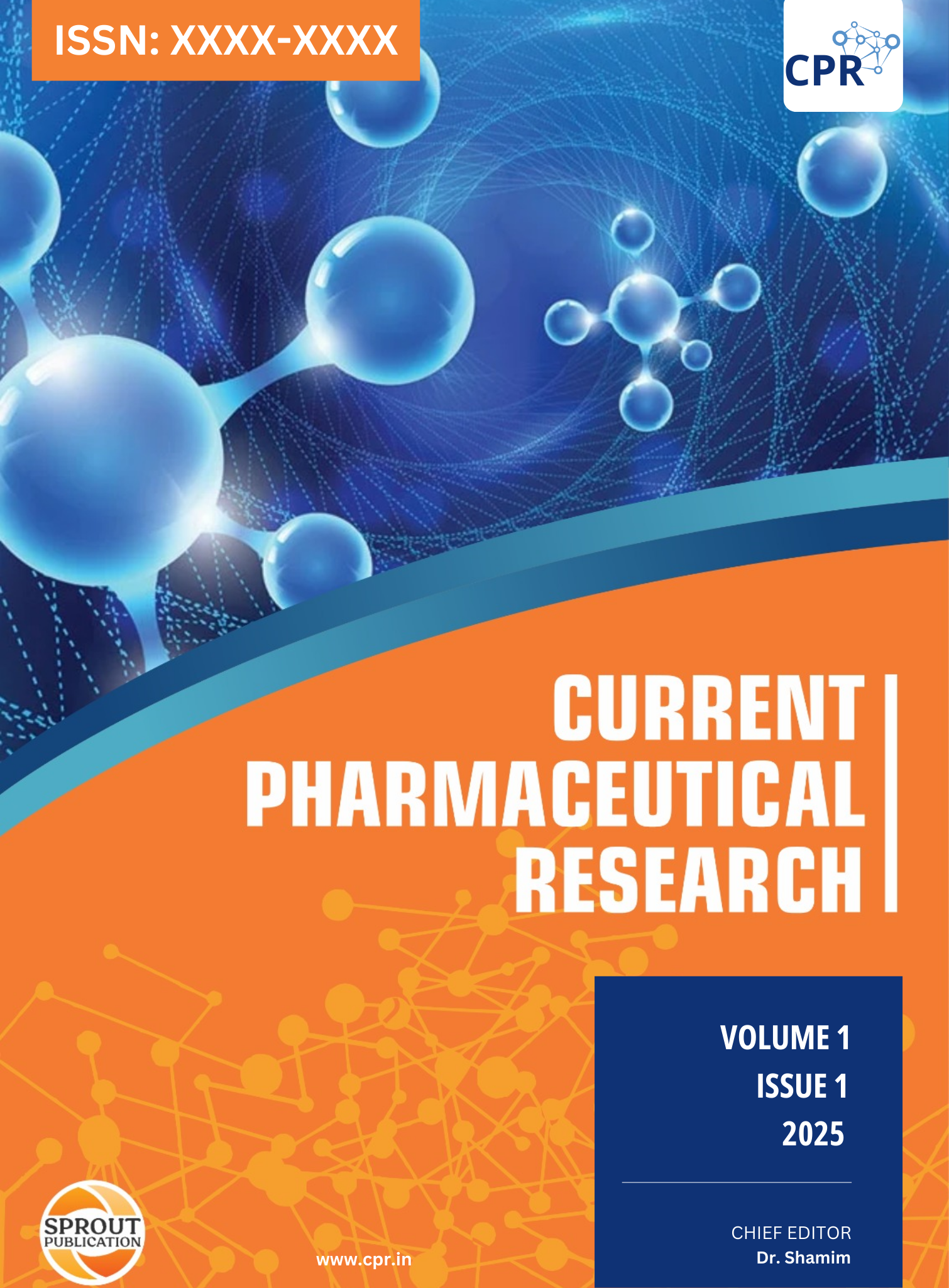Unravelling the Herbal Formulation of Floating Microspheres for Gut Microbiome Modulation: Curren1Abhinay Challenges and Future Prospects
Keywords:
Gut microbiome modulation, floating microspheres, herbal formulations, targeted drug delivery, sustained release, biodegradable polymersAbstract
Human health is greatly influenced by the gut microbiota, and altering it has emerged as a viable treatment option for a number of illnesses. A cutting-edge medication delivery method that targets the gastrointestinal tract in a unique way and ensures localized and sustained drug release is floating microspheres. The incorporation of herbal formulations into floating microspheres for gut microbiota modification is examined in this paper, emphasizing how they may improve therapeutic efficacy while reducing systemic adverse effects. By using sophisticated methods like solvent evaporation and spray drying, together with biodegradable polymers and stabilizers, herbal bioactives—which are well-known for being compatible with gut health—can be integrated into microsphere systems. Longer stomach residence duration is made possible by the regulated buoyancy of microspheres, which guarantees the localized and continuous release of herbal components that work in concert with the gut bacteria. Notwithstanding these benefits, there are still issues, such as the stability of herbal active ingredients during processing, the need to optimize release kinetics, and regulatory obstacles related to formulations including herbal ingredients. Prospects for the future centre on advancements in biodegradable materials, the application of nanotechnology for better targeting, and customized methods for microbiota modification. These developments might help solve today's problems and turn research into useful therapeutic applications. Floating microspheres have the potential to transform gut microbiota modification techniques by bridging the gap between contemporary medication delivery technology and traditional herbal therapy.
Downloads
Published
Issue
Section
License

This work is licensed under a Creative Commons Attribution-NonCommercial 4.0 International License.


